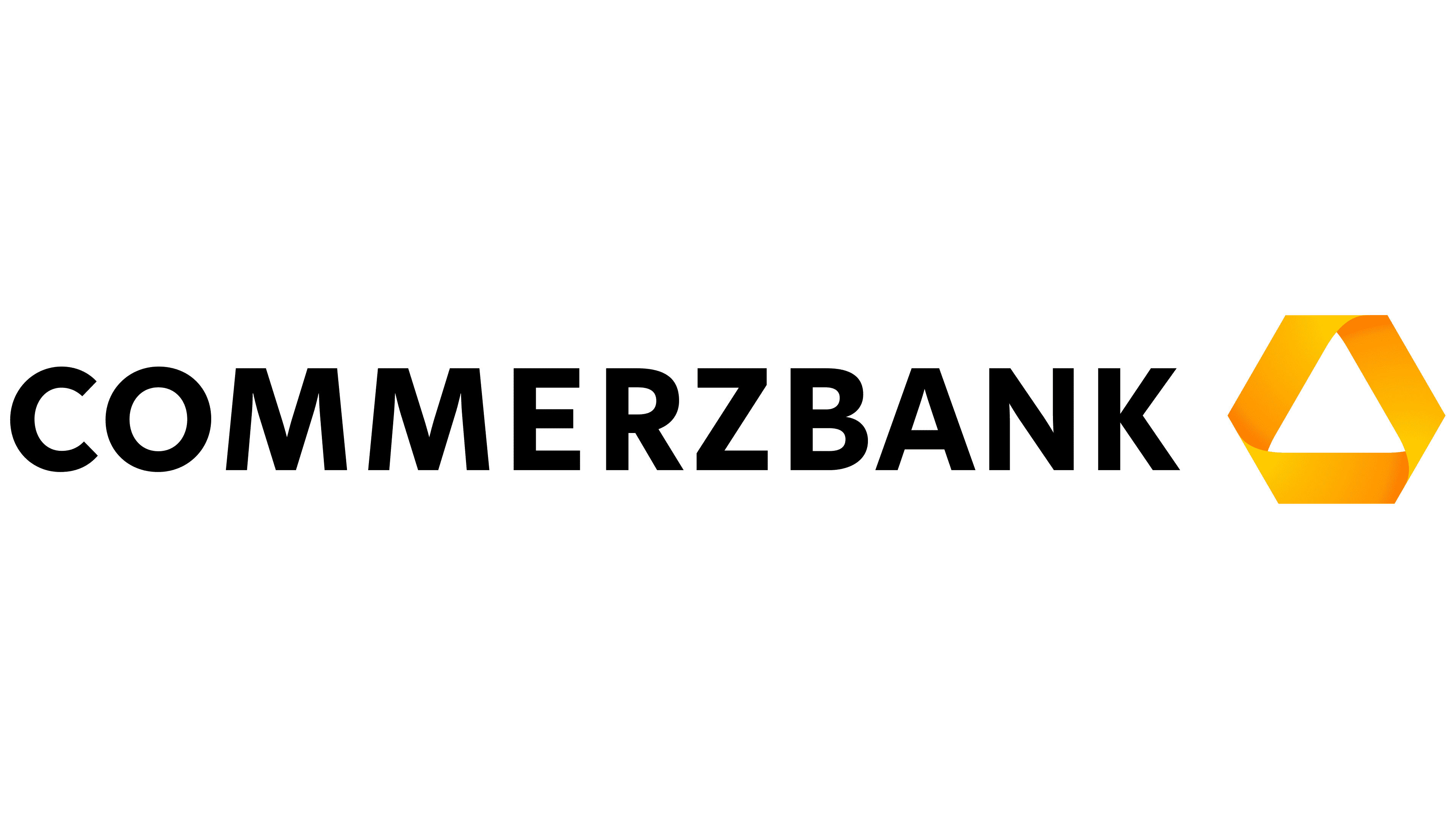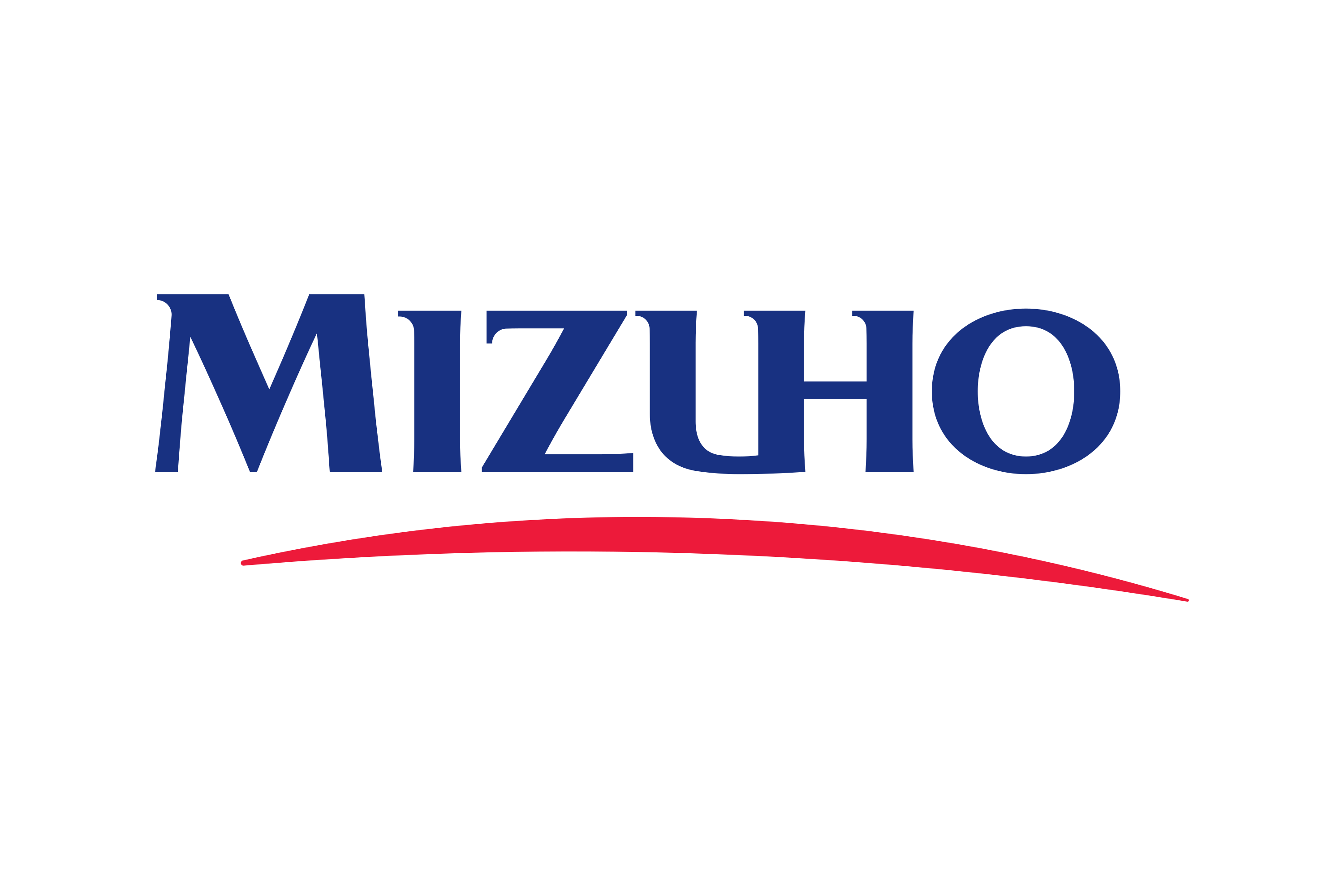Regulatory reporting is the process financial institutions use to collect and submit data about their business activities to government regulators. Think of it as mandatory homework that banks, investment firms and other financial companies must complete to prove they're following the rules and operating safely.
This isn't just about filling out forms once a year. Financial institutions continuously collect detailed information covering everything from trade activities to customer interactions. They format this data according to regulatory standards, which lets regulators monitor internal processes more closely. The aim is to identify potential problems early, preventing them from escalating into crises.
The process involves much more than simple data collection. Companies rely on advanced technology systems to accurately capture and validate information before reporting it under strict deadlines. Regulatory reporting has become increasingly intricate as financial markets have evolved, prompting many financial institutions to establish dedicated departments to handle it effectively.















-1.png)